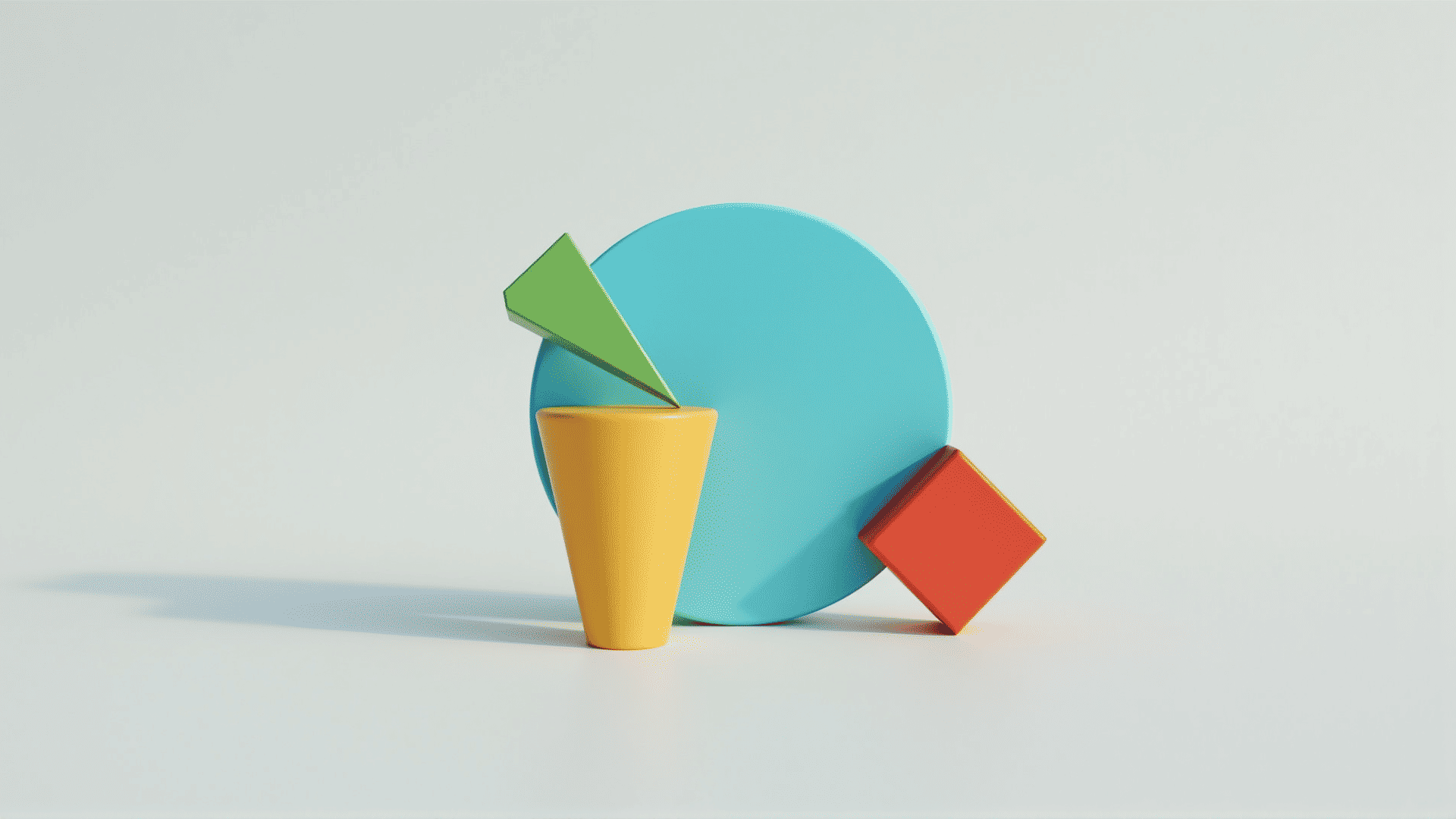Exploring the foundational concepts of visual aesthetics allows us to appreciate the art that surrounds us in a richer and more meaningful way. At its core, visual aesthetics involves understanding how different elements such as color, shape, and texture come together to create an enjoyable and harmonious environment. Let's delve deeper into these components to grasp how they influence our perception of beauty and harmony.
Color is perhaps the most immediate element that captures our attention. It has the power to evoke emotions and set the tone of an environment. Colors can be warm or cool, bold or subdued, and can significantly influence the mood of a space or a piece of artwork. For instance, warm tones like red and orange can create an inviting and energetic atmosphere, while cooler hues such as blue and green might evoke calmness and tranquility. Color harmony, achieved through thoughtful combinations, can enhance visual appeal and contribute to a cohesive aesthetic experience.
Shape refers to the form and structure of elements within a visual space. Shapes can be geometric, such as squares and circles, or organic, like the irregular shapes found in nature. The arrangement and juxtaposition of shapes can direct the viewer’s gaze and create a sense of balance and rhythm. Symmetrical shapes often bring about a feeling of stability and order, while asymmetrical shapes can introduce dynamism and interest. Understanding how shapes interact within a composition is key to creating a visually pleasing and engaging design.
Texture adds depth and complexity to visual experiences. It refers to the surface quality of an object, which can be tactile (how it feels) or visual (how it looks). Textures can be smooth, rough, soft, or hard, and they often play a significant role in enhancing the realism of a piece. Visual texture can provide richness and variation, drawing the observer in for a closer examination. By combining different textures within a space, one can create layers of interest and a sense of dimensionality.
Harmony in visual aesthetics is achieved when these elements—color, shape, and texture—are balanced in a way that feels natural and pleasing to the observer. This harmony often depends on cultural and individual preferences, as perceptions of beauty can vary greatly. However, certain universal principles, such as symmetry, contrast, and proportion, tend to be appreciated across different contexts.
In summary, the study of visual aesthetics is an exploration of how color, shape, and texture interact to craft environments that resonate with and captivate audiences. By mastering these fundamental elements, one can enhance their ability to create and appreciate beauty in all its forms, leading to enriched visual experiences.
